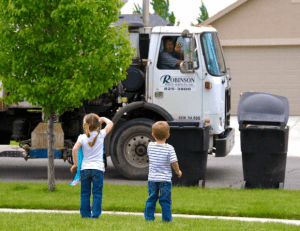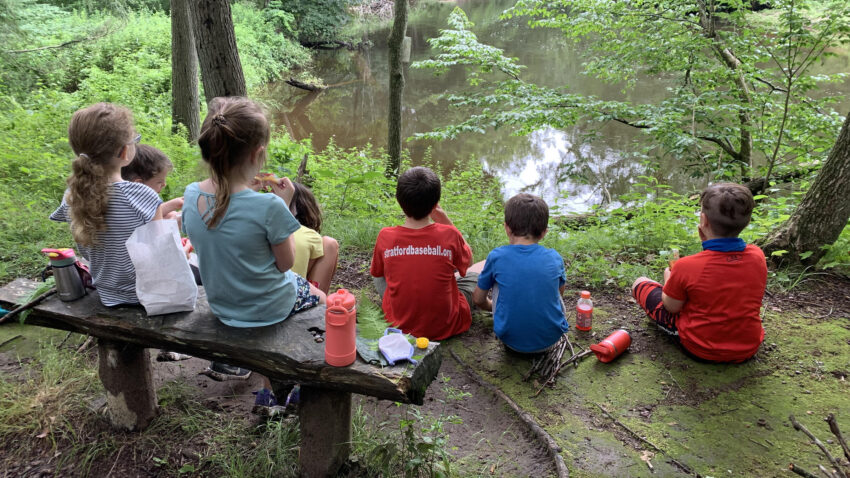“Who wants to come out and pick up trash in our neighborhood Saturday morning?” a bright and eager teacher asked a class of 9th graders. While a few dedicated students might show up, most probably won’t. Saturday morning is prime time for middle and high school students to sleep in, not volunteer.

But, counselors, teachers, and parents know that kids who take advantage of volunteer opportunities can bolster their college applications, learn new skills, find friendship, and a sense of purpose. So, how can you motivate students of all ages to get out there and volunteer, even on a Saturday morning?
Here are 3 tips to help boost student interest in volunteering (no nagging involved!):
Follow Their Interests
Finding volunteer opportunities that coincide perfectly with student interests is a game-changer. For example, younger students who are animal lovers might enjoy playing with rescue cats. You can explain that the kitties need people-time to learn to trust strangers and are friendly for their future families. Lakes, rivers, and oceans are beloved by children of all ages. So what better way to teach young students about the delicate ecosystem than saving the fish and other sea creatures with a beach clean-up?
High school students who express interest in a career in healthcare can volunteer at a local hospital. Baseball stars can mentor special needs players offering one-on-one coaching. There are also opportunities for teens who delight in having fun with kids and want to volunteer at a summer camp.
When there’s interest, there’s motivation. So, the goal should be to find volunteer opportunities for students that are relevant, exciting and interesting for them!
Explain the Benefits of Volunteering
For many, community service is something kids slog through to meet school requirements or appease parents. All the while, they’re wondering, “What’s in it for me?” After all, their brains are wired to be a bit self-centered at this point in their development. Take advantage and think of some appealing ideas about how volunteering benefits your child both now, and later. Try some of these….
For younger kids….
- You’ll get the opportunity to meet new friends who care about making sure homeless people have warm socks, just like you do.
- Volunteering can be fun with your besties! Afterward, let’s go out for ice cream.
- You’re really great with animals. Think about what a great home the kittens will find because you teach them to love kids.
- Hey, we’re going to the beach today. You’ll get to swim with the fish and help take care of them too!
For teens….
- Someday you’ll apply to college. Volunteer experience will show schools that you’re more than just smart. They’ll see what’s important to you.
- Volunteering will give you the chance to learn real-world skills they’ll never teach you in a classroom.
- Little kids will love the one-on-one attention you give them when you teach them how to hold a bat. You’ll be the rock-star coach.
- Volunteering involves zero tests and no homework. It’s all about doing cool things with friends.
- You know that retail job you want at Zumiez this summer? Why not volunteer in a thrift store until then so you get to know fashion trends. You’ll have a real advantage when you apply.
Keep it relatable, up-beat, and actionable. Find fun YouTube videos showing elementary age students volunteering. Google sample high school resumes or college application essays that show inspiring volunteer experience. Sharing other students’ successes can be powerful persuasion for increasing interest in volunteerism.
Positive Peer Pressure
Kids like what their friends like. In a survey, 25% of students who invited their friends to volunteer with them sparked their friend’s interest in volunteering! So, use the power of influence and friendship.
How?
Reach out to families that are already volunteering and ask them to share their experiences with other students. Share stories and images that highlight volunteering friendships and the fun, feel-good aspects of helping others. Better yet, ask when they are volunteering next and offer to carpool.
Getting students to volunteer enthusiastically requires that we make it fun. It also helps if we can include a small, but perceptible self-esteem boost in their experience with volunteering. With the right framing, enough support, and the opportunity to create some memorable moments with friends, students will be lining up to volunteer!
About the Author
Amy von Kaenel, CEO of VolunteerCrowd
Volunteering is one of the best growth opportunities on the path to college and career readiness. VolunteerCrowd gives all middle school, high school, and college students access to meaningful volunteer projects to build a volunteer portfolio.

















